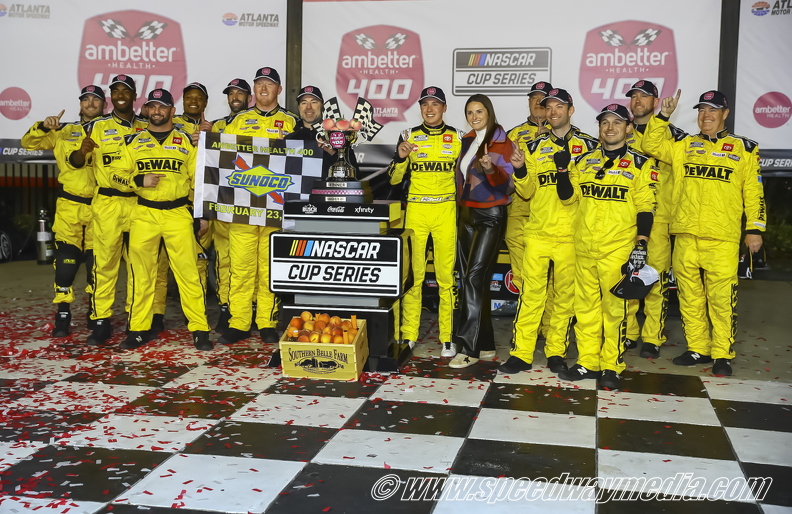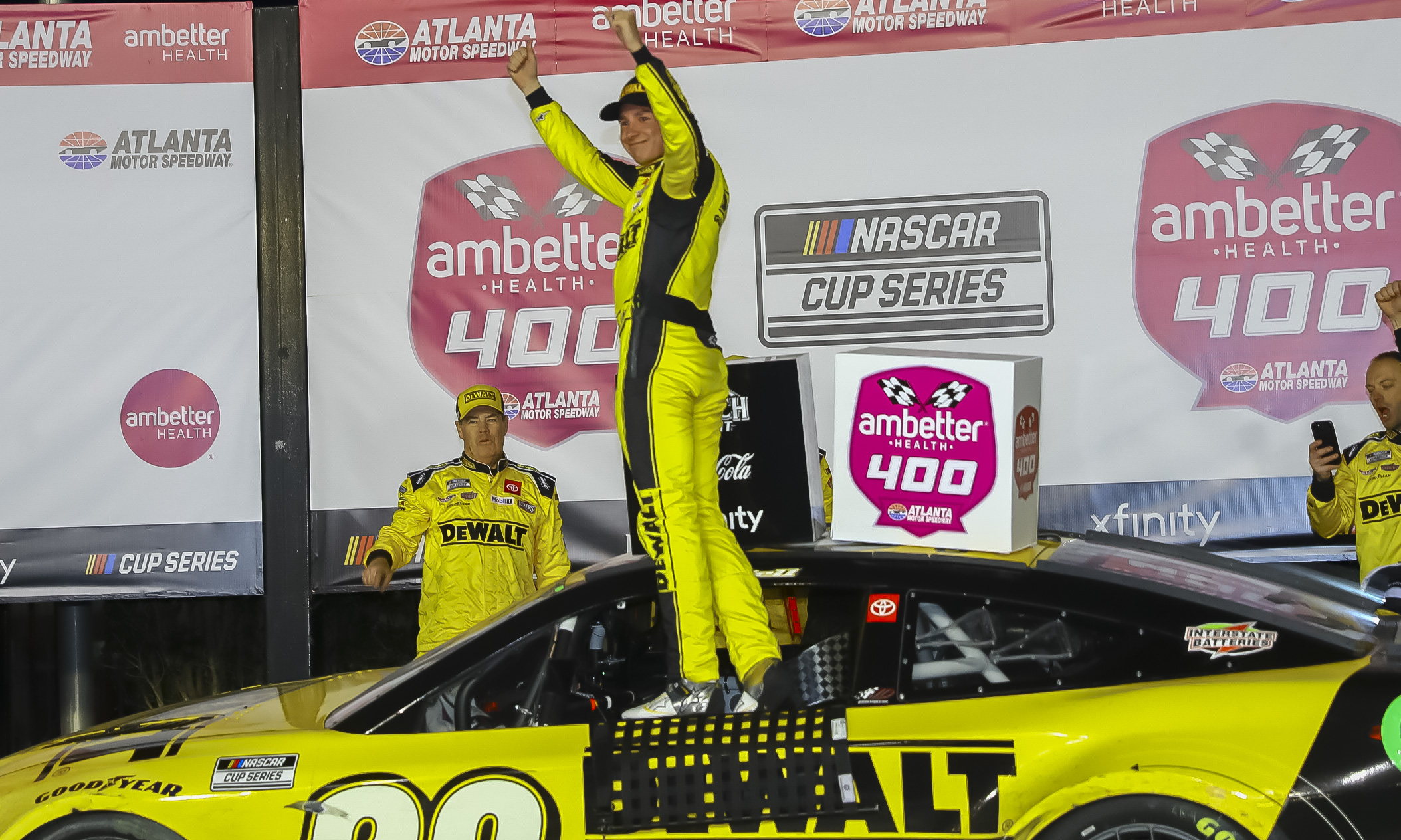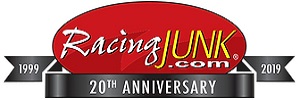The NASCAR Cup Series’ Ambetter Health 400 at Atlanta Motor Speedway ended under caution, on Sunday, following a last-lap wreck on the backstretch. Like many of you at home, I had the same initial reaction. “Really? A caution?!” Just a day after NASCAR let the XFINITY Series race finish under green and let the field race through, as NASCAR’s Elton Sawyer put it, “a minefield of debris.”
However, after seeing a replay of the wreck and sleeping on it for a night, NASCAR made the right call.
At the end of the day, safety must outweigh consistency. Atlanta isn’t like Daytona International Speedway and Talladega Superspeedway. At those tracks, you’ve got 49 to 53 seconds before the field comes back around to the scene of a wreck on the backstretch. And that’s at full speed. Divide that time in half, and the field arrives in roughly 25 seconds at a 2.5 and 2.66-mile track. Both of which are much wider and longer tracks (in terms of backstretch area).
At Atlanta, you click off laps in 30 seconds at a 1.54-mile quad oval with a more narrow backstretch. If NASCAR let the finish play out, then Christopher Bell, Carson Hocevar, Kyle Larson, and the rest of the field would have the equivalent of a lap around Bristol Motor Speedway to slow down from 180 mph to caution car speed of 45 mph, before they reach the wrecked cars of Josh Berry on the backstretch. And that’s excluding the awareness of the leaders of a wreck on the backstretch and when NASCAR race director Jusan Hamilton shouts, “Put it out. Put it out.”
Even for generational talents like Bell and Larson (too small a sample size to judge Hocevar, at this time), that’s asking a lot.
Yes, this contradicts NASCAR holding the caution at the end of the Daytona 500. Especially when Sawyer spoke to Mike Bagley and Pete Pistone on SiriusXM NASCAR Radio’s “The Morning Drive,” two days later, when he mentioned the difference of a wreck happening at the front of the field, vs. the back of the field.
With that said, however, no two cautions or wrecks are the same. The very nature of auto racing precludes a black and white defining of what makes a caution. Much like balls and strikes in baseball, human operators make subjective calls.
In Sunday’s case, the subjective call was correct.
That’s my view, for what it’s worth.







